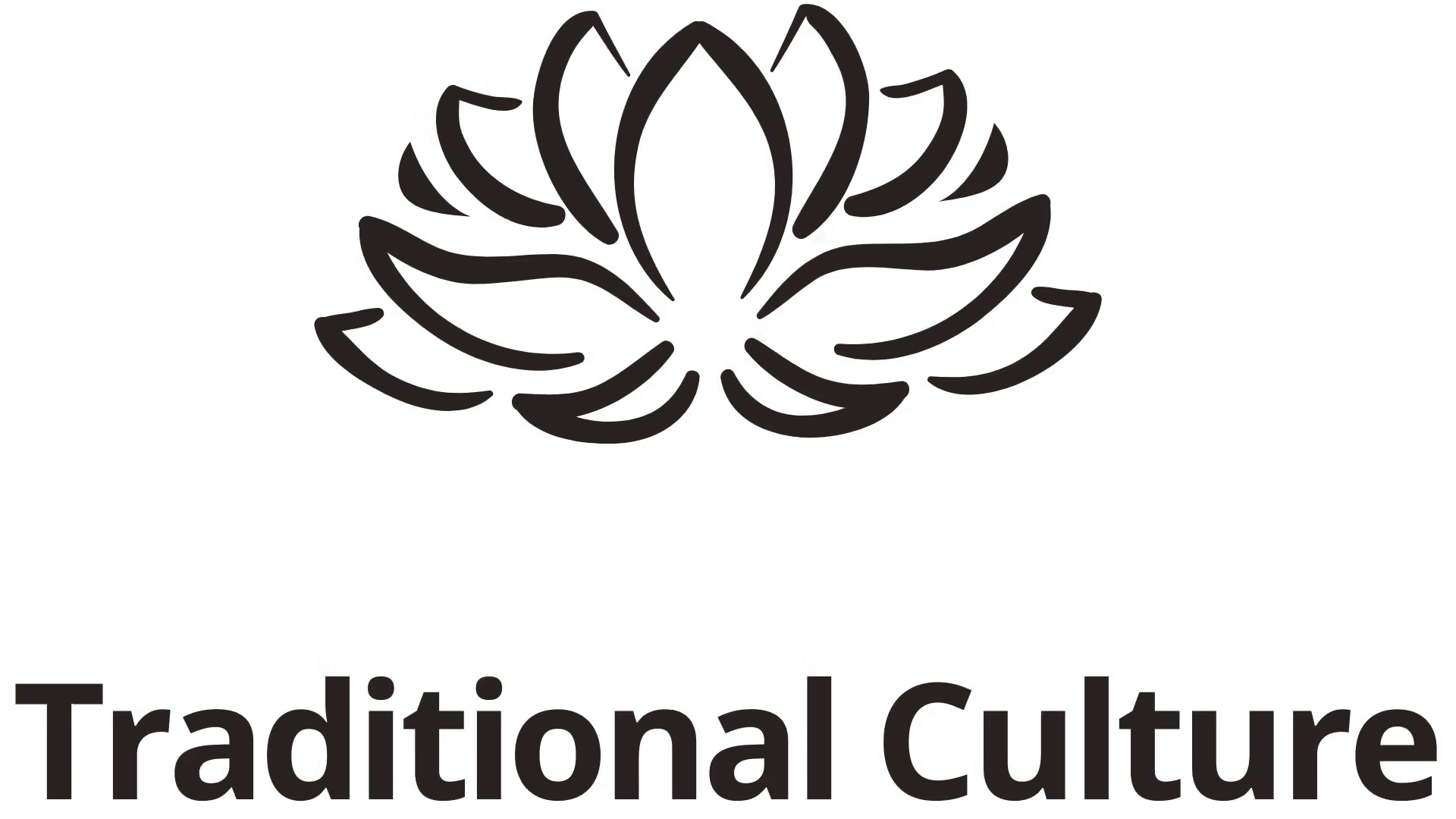The One Pillar Pagoda is not merely a monument; it is a living testament to the rich history and spirituality of Vietnam. Nestled in the heart of Hanoi, this architectural masterpiece embodies the philosophical ideals, artistic sensibilities, and cultural narratives that shape Vietnamese identity. Its intricate design communicates deeper meanings rooted in natural beauty, while its continued relevance underscores its role as a spiritual haven for locals and an alluring destination for visitors from around the globe.
Architectural Brilliance of One Pillar Pagoda
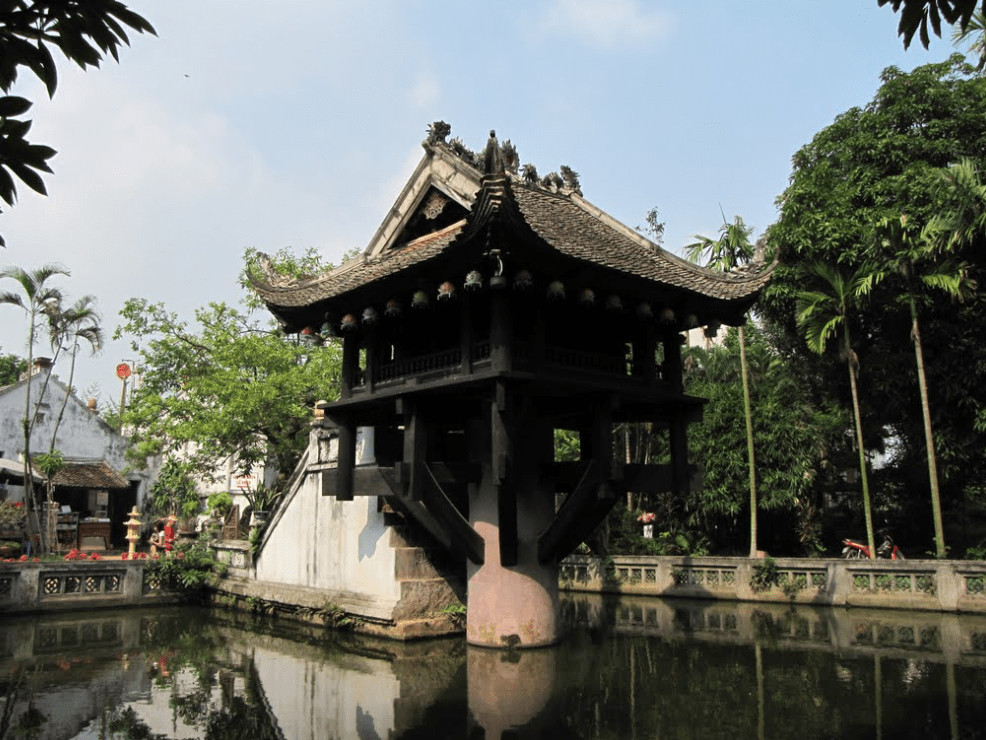
The One Pillar Pagoda stands as a striking example of architectural ingenuity that intertwines aesthetics with meaning. Built during the 11th century under the Ly Dynasty, this pagoda has captivated hearts with its unique structure, which resembles a lotus flower blooming on water.
Historical Context of Construction

The construction of the One Pillar Pagoda occurred during a significant period in Vietnamese history, marked by cultural flourishing and political stability. The Ly Dynasty was known for its patronage of Buddhism, encouraging artistic expressions that reflected the spiritual aspirations of the era.
Buddhism, particularly Mahayana Buddhism, deeply influenced the design and symbolism of the pagoda. The lotus flower, revered in Buddhist philosophy, represents purity and enlightenment, making the pagoda’s design a beautiful manifestation of these concepts. In many ways, the One Pillar Pagoda encapsulates the essence of Vietnamese spirituality, carving out a space for meditation and reflection amid the chaos of urban life.
Innovative Design Elements
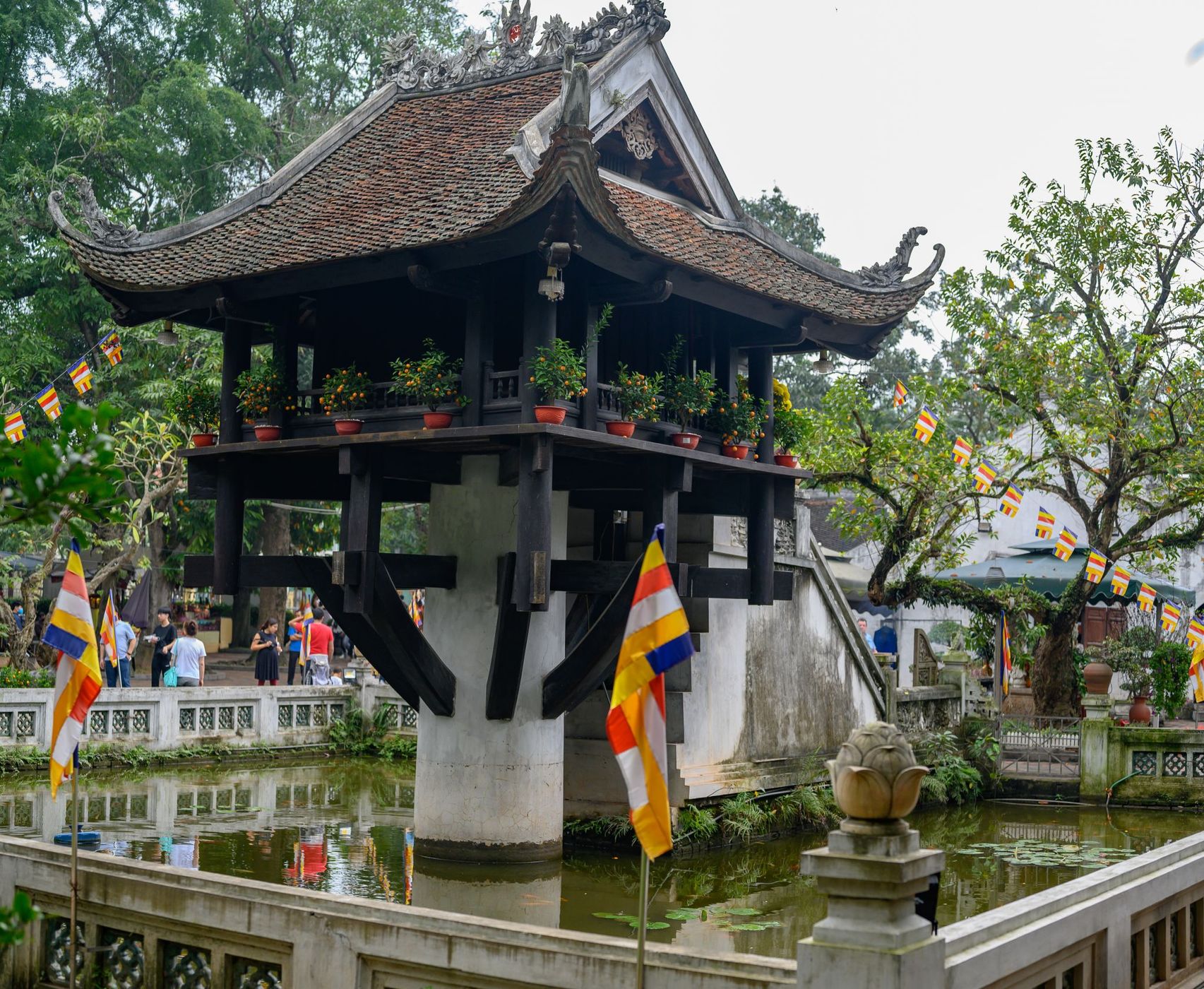
The architectural design of the One Pillar Pagoda is remarkable not just for its form but also for its function. The structure is supported by a single wooden pillar, symbolizing strength and resilience amid adversity. This unique configuration challenges traditional architectural norms, demonstrating how creativity can yield profound significance within a cultural context.
With eight wooden pillars supporting the upper platform, the pagoda creates a sense of balance and harmony that resonates with visitors. The overall appearance of a blossoming lotus conveys tranquility, inviting one to ponder life’s deeper meanings while surrounded by the serene waters that envelop it.
This careful attention to detail underscores the exquisite craftsmanship involved, demonstrating the fusion of art and architecture that defines Vietnamese heritage. Each feature of the pagoda—from the ornate carvings to the choice of materials—contributes to a collective narrative that celebrates nature and spirituality.
Relationship Between Nature and Architecture
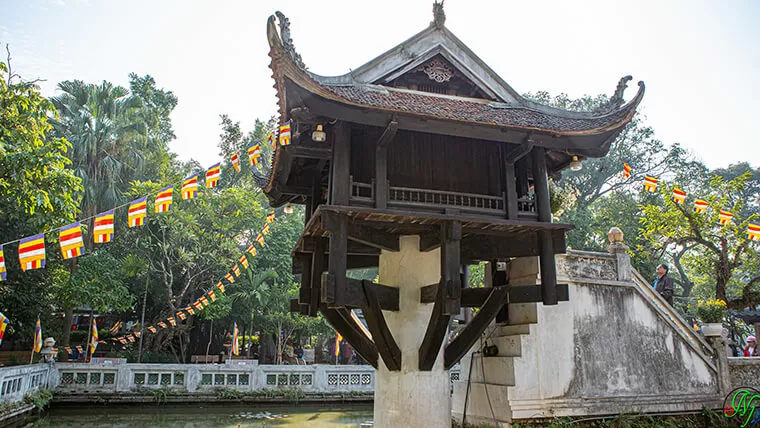
In the One Pillar Pagoda, we see a thoughtful integration of natural elements into architectural design. The surrounding pond plays a crucial role in accentuating the pagoda’s ethereal quality. The reflective surface of the water adds depth and dimension, fostering a sense of calmness and contemplation that is central to the visitor experience.
The relationship between architecture and nature in this context speaks volumes about the Vietnamese worldview, which emphasizes harmony with the environment. This principle is evident in various aspects of daily life and culture, where individuals seek to cultivate a deep connection with their surroundings.
As urban landscapes evolve, the One Pillar Pagoda serves as a poignant reminder of the importance of preserving such connections. It encourages future generations to honor and respect the natural world, inspiring a renewed appreciation for the delicate balance between humanity and the environment.
Spiritual Significance of One Pillar Pagoda

The One Pillar Pagoda holds profound spiritual value for the Vietnamese people, serving as a site of worship and reflection. Within its walls, visitors find solace, engage in prayer, and partake in rituals that have been passed down through generations.
A Place of Worship and Reverence

At the core of the One Pillar Pagoda lies the veneration of the Bodhisattva Quan Am, who embodies compassion and mercy in Buddhist belief. For many families, visiting the pagoda represents an opportunity to seek blessings related to health, fertility, and prosperity.
Ceremonies held here are steeped in tradition, wherein devotees express gratitude and request divine intervention in their lives. This communal aspect of worship fosters a strong sense of belonging among attendees, creating bonds that extend beyond individual prayers to foster support networks throughout the community.
Rituals and Cultural Practices
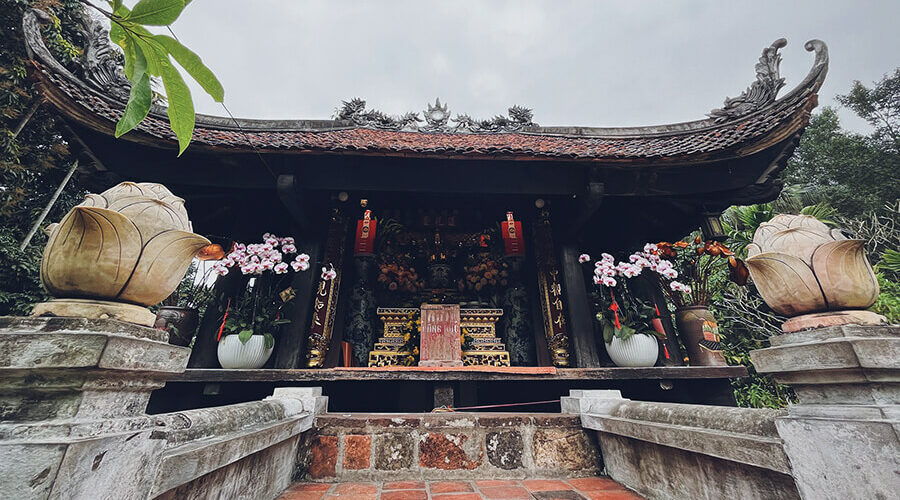
The rituals performed at the One Pillar Pagoda reflect a blend of cultural practices that illustrate the richness of Vietnamese traditions. Seasonal festivals, family gatherings, and special ceremonies draw crowds eager to participate in customs that reinforce cultural identity and continuity.
During these events, the air fills with the aroma of incense and the sound of chanting, creating an atmosphere charged with spiritual energy. Such moments allow visitors to not only witness cultural practices but to immerse themselves fully in the vibrant tapestry of Vietnamese spirituality.
Legacy of the Pagoda in Vietnamese Life
As time progresses, the One Pillar Pagoda continues to stand as a beacon of hope and resilience. Its historical significance, along with the stories it carries, enriches the fabric of Vietnamese life, reminding people of their roots and the values they cherish.
Through educational programs and community initiatives, efforts are made to keep the legacy alive for younger generations. By engaging in dialogues around heritage preservation and cultural education, the pagoda increasingly reflects the dynamic interplay between tradition and modernity.
This ongoing dialogue ensures that the One Pillar Pagoda remains not just a relic of the past but a living entity that evolves alongside its people. It invites new interpretations and perspectives, reflecting the adaptive nature of Vietnamese culture.
Cultural and Historical Dimensions of One Pillar Pagoda

The One Pillar Pagoda is not simply an architectural marvel; it is a repository of history that tells stories of Vietnam’s struggles and triumphs. It has witnessed the passage of time, enduring challenges that tested its integrity while embodying the spirit of the nation.
Witness to Historical Transformations
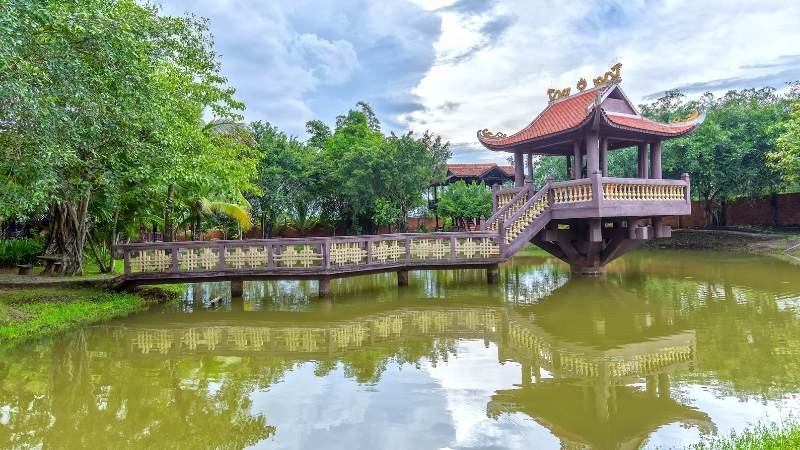
Since its establishment, the One Pillar Pagoda has stood witness to the many transformations that have defined Hanoi and Vietnam as a whole. From periods of imperial glory to tumultuous times of war and conflict, the pagoda has remained steadfast, symbolizing the endurance of the Vietnamese spirit.
Throughout history, the pagoda has experienced destruction and restoration, each phase leaving an indelible mark on its character. These historical upheavals serve as poignant illustrations of the resilience of both the structure and the people who revere it.
Preservation Efforts and Challenges

The One Pillar Pagoda‘s survival through the ages highlights the importance of heritage preservation. Restoration projects undertaken reflect both a commitment to honoring the past and a recognition of the need to adapt to contemporary challenges.
Preserving such iconic sites involves navigating a range of complexities—including balancing tourist demands with local needs, managing environmental impacts, and securing funding for maintenance. Public engagement becomes essential in addressing these challenges, ensuring that the pagoda remains a vibrant part of the community.
This interplay between preservation and adaptation reveals valuable insights about cultural stewardship, emphasizing the responsibility that current and future generations hold in safeguarding their heritage.
Role in National Identity

As a national symbol, the One Pillar Pagoda occupies a unique position in the collective consciousness of the Vietnamese people. It embodies the values they hold dear—resilience, spirituality, and a harmonious relationship with nature.
The pagoda has become a source of inspiration for artists, writers, and thinkers, fueling their creativity with its tales of perseverance and beauty. As a result, it permeates various forms of cultural expression, manifesting in literature, visual arts, and performing arts.
In this way, the One Pillar Pagoda transcends its physical boundaries, becoming a metaphor for the aspiration and determination of a nation committed to honoring its heritage while looking forward to the future.
The Visitor Experience at One Pillar Pagoda

For visitors, the One Pillar Pagoda offers more than just a glimpse into Vietnam’s architectural brilliance; it provides a multifaceted experience that engages the senses and invites exploration of the cultural landscape.
Immersive Cultural Encounters
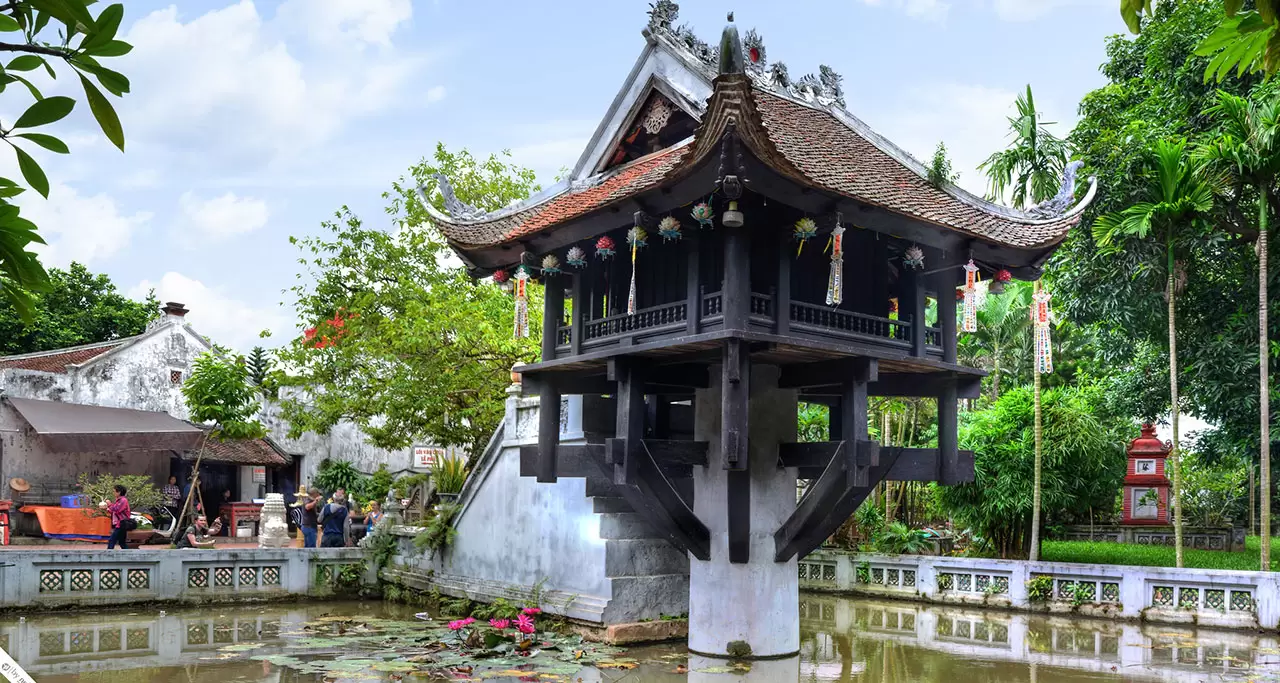
Visiting the One Pillar Pagoda allows guests to immerse themselves in a unique cultural milieu. The atmosphere is enriched by the presence of monks and devotees, whose spiritual practices create an authentic ambiance that transcends mere tourism.
Guided tours and informational displays present opportunities for learning about the history and significance of the pagoda, fostering a deeper understanding of the cultural values embedded within its walls. Guests often leave with a newfound appreciation for the intricate layers of meaning associated with the site.
Festivals and Celebrations
The pagoda comes alive during festivals, when the local community gathers to celebrate and honor their cultural heritage. Events infused with traditional music, dance, and artistry evoke an unparalleled sense of enthusiasm as families and friends come together.
Such celebrations offer visitors a chance to embrace the vibrancy of Vietnamese culture firsthand, connecting them to the joyous spirit that animates the celebrations. Participating in these festivities is often an unforgettable experience that cultivates lasting memories.
Reflections on Personal Growth
Beyond communal experiences, the One Pillar Pagoda provides a tranquil setting for personal reflection. Its serene environment lends itself to moments of introspection, encouraging visitors to contemplate their own journeys in relation to the broader human experience.
Many individuals recount their transformative experiences at the pagoda, describing feelings of peace, clarity, and connection to something greater than themselves. These encounters highlight the significant role that spiritual sites play in nurturing personal growth and well-being.
Conclusion
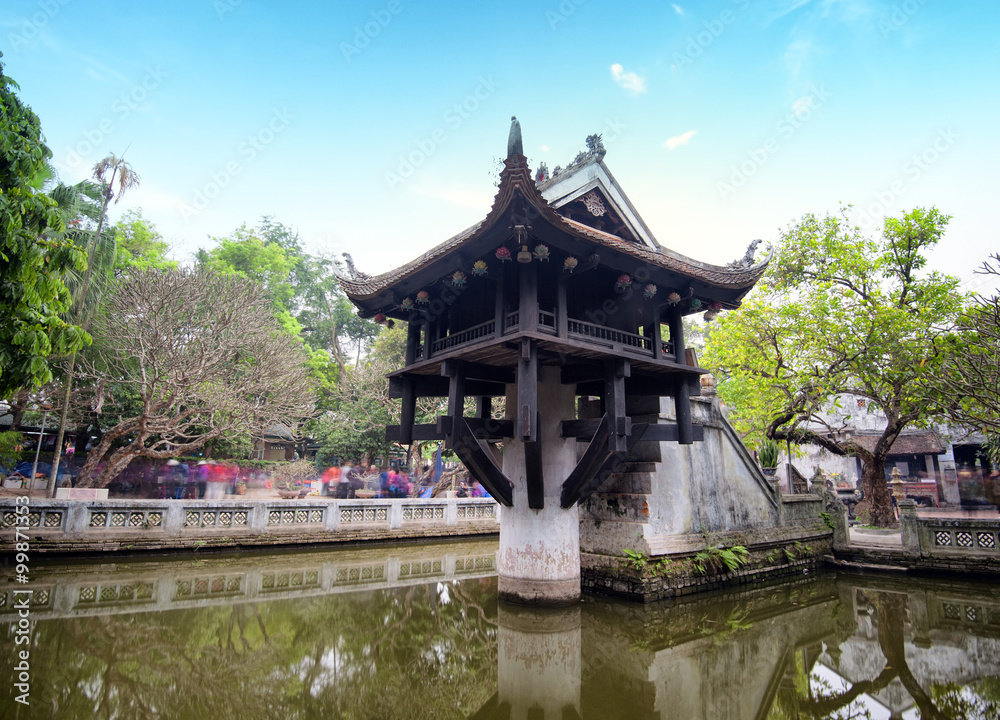
In summary, the One Pillar Pagoda is far more than an iconic landmark; it is a living embodiment of Vietnam’s cultural richness, historical depth, and spiritual vitality. Its architectural beauty captivates the eye, while its profound significance resonates with the soul.
From its innovative design that harmonizes with nature to its role as a spiritual sanctuary, the pagoda invites exploration and reflection. As a cultural symbol, it weaves together stories of resilience, community, and continuity, reminding us of the importance of honoring our roots while embracing the future.
For those who journey to the One Pillar Pagoda, whether as pilgrims seeking blessings or curious travelers delving into Vietnam’s heritage, the experience promises to be enlightening and enriching—offering a glimpse into the heart of a nation that cherishes its past as it strides boldly toward tomorrow.
✉️ Stay Connected — Subscribe for Weekly Updates
Discover timeless stories, practical wisdom, and beautiful culture — delivered straight to your inbox.
*We only share valuable insights — no spam, ever.


